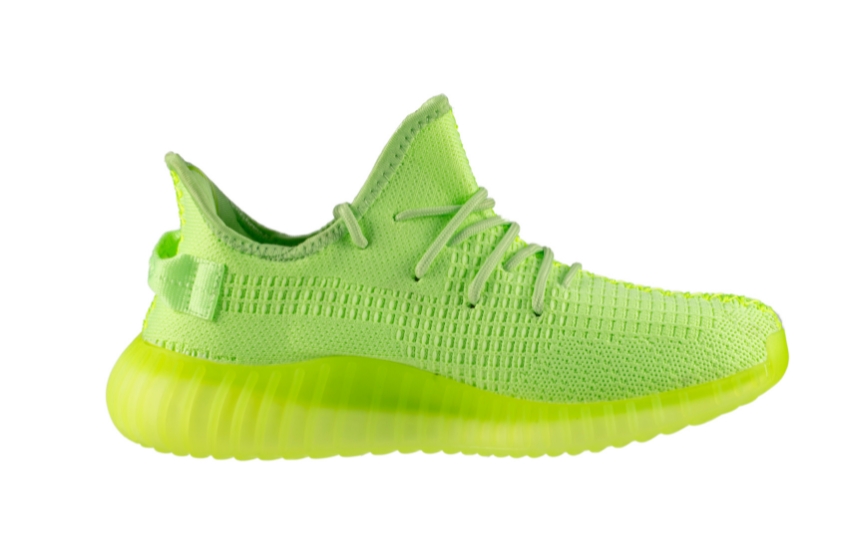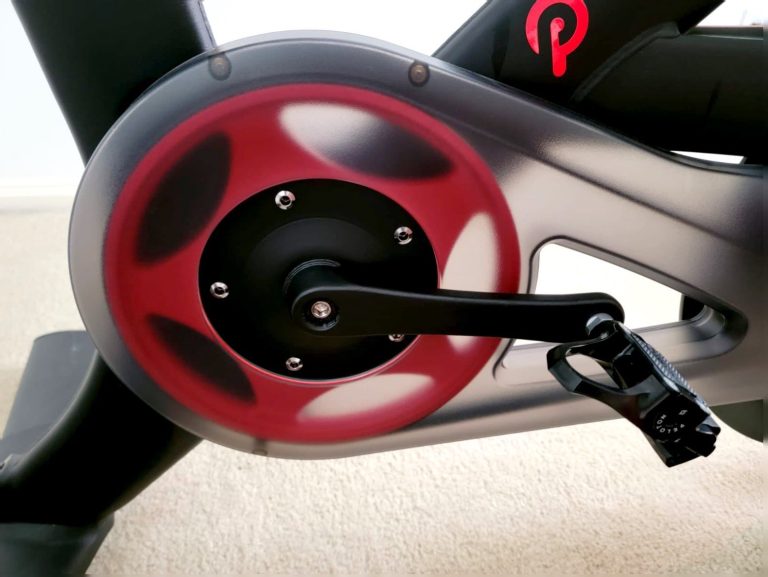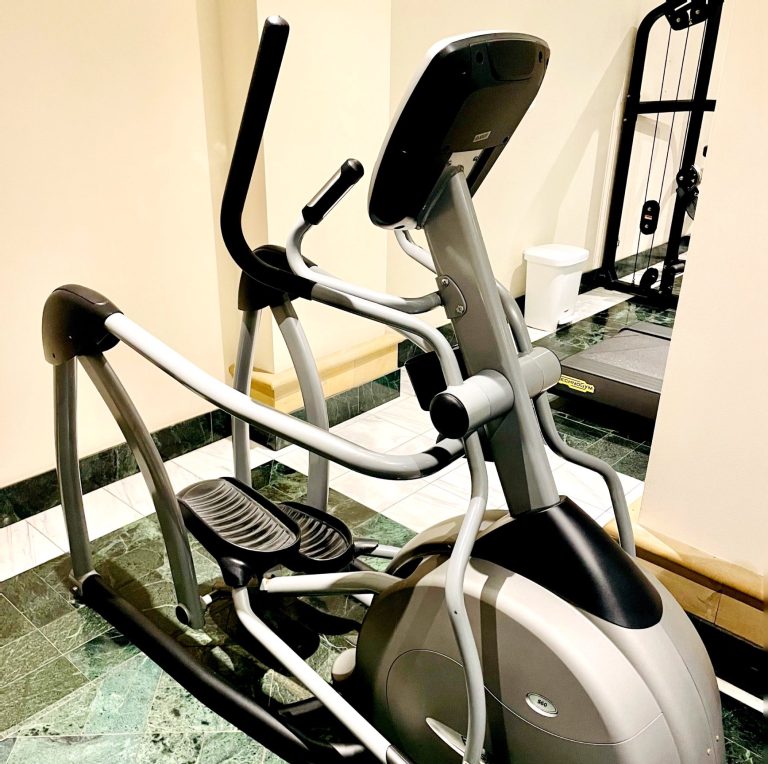Are Polyurethane Soles Good for Running? Let’s Find Out!

Are polyurethane soles good for running? When it comes to finding the perfect running shoes, there are so many factors to consider – from cushioning to stability to durability. One important component to pay attention to is the type of sole material used in the shoe.
Polyurethane soles are known for their excellent durability and shock absorption, making them a popular choice for many runners. In this article, we’ll explore the benefits of polyurethane soles for running and discuss why they might be a great option for your next pair of running shoes.
Benefits of Polyurethane Soles for Running
When it comes to running shoes, the choice of sole material can greatly impact your running experience. Polyurethane soles offer several benefits that make them a popular choice among runners. In this section, we will explore some of the advantages of using polyurethane soles for running.
Durability and Longevity of Polyurethane Soles
One of the key benefits of polyurethane soles is their exceptional durability and longevity. Polyurethane is a highly resilient material that can withstand the impact and stress of running for an extended period. Unlike other materials that may wear out quickly, polyurethane soles offer long-lasting performance, making them a cost-effective choice for runners.
Shock Absorption and Cushioning Provided by Polyurethane Soles
Another advantage of polyurethane soles is their excellent shock absorption and cushioning properties. The material has a natural ability to absorb the impact of each step, minimizing the stress on your joints and muscles. This can help reduce the risk of injuries and provide a comfortable running experience even on hard surfaces.
Stability and Support Offered by Polyurethane Soles
Polyurethane soles provide excellent stability and support, which are essential for runners. The material offers a firm yet supportive base for your feet, promoting proper alignment and reducing the risk of overpronation or supination. With enhanced stability, you can enjoy a more balanced and efficient running stride.
Energy Return and Responsiveness of Polyurethane Soles
Polyurethane soles are known for their energy return and responsiveness. When you run, the material efficiently stores and releases energy with each stride, propelling you forward and providing a spring-like effect. This energy return can help improve your running efficiency and speed, making polyurethane soles a popular choice among competitive runners.
Water-Resistance and Protection from the Elements
Many polyurethane soles come with water-resistant properties, making them suitable for running in wet or rainy conditions. The material helps protect your feet from getting wet, keeping them dry and comfortable throughout your run. Additionally, polyurethane soles provide excellent protection from other elements like sharp rocks or debris, ensuring a safe and enjoyable running experience.
Flexibility and Comfort of Polyurethane Soles
Despite their durability and stability, polyurethane soles also offer flexibility and comfort. The material adapts to the natural movement of your feet, providing a more natural and unrestricted running experience. The flexibility of polyurethane soles allows your feet to flex and bend as needed, reducing foot fatigue and discomfort during long runs.
In conclusion, polyurethane soles bring a multitude of benefits for runners. From their durability and shock absorption to their stability and energy return, polyurethane soles can enhance your running performance and comfort. Consider choosing running shoes with polyurethane soles for a reliable and enjoyable running experience.
Durability and Longevity of Polyurethane Soles
Polyurethane soles are known for their exceptional durability and longevity, making them an excellent choice for running shoes. The unique properties of polyurethane allow the soles to withstand the demands of running without wearing down quickly. Unlike other materials, polyurethane is highly resistant to abrasion, meaning it can endure the friction and impact associated with regular running activities.
The longevity of polyurethane soles is a result of their high resilience and resistance to compression set. They are able to retain their shape and cushioning properties over an extended period of time, ensuring a comfortable and supportive running experience. This means that runners can rely on polyurethane soles for longer durations without experiencing significant wear and tear.
Furthermore, polyurethane soles have excellent tensile strength, meaning they can withstand stretching and bending without breaking or deforming. This makes them highly durable and less prone to damage caused by repetitive motion or varying terrain conditions. Runners can have peace of mind knowing that their polyurethane soles will continue to perform well even in demanding running environments.
In summary, the durability and longevity of polyurethane soles make them an excellent choice for running shoes. With their ability to withstand abrasion, maintain resilience, and resist compression set, polyurethane soles provide runners with long-lasting comfort, support, and performance.
Shock Absorption and Cushioning Provided by Polyurethane Soles
Polyurethane soles offer excellent shock absorption and cushioning properties, making them a popular choice for running shoes. When you run, your feet experience a significant amount of impact with each step. The shock-absorbing properties of polyurethane help to reduce the stress on your joints and muscles, providing a comfortable and supportive experience.
Enhanced Shock Absorption
Polyurethane has a unique ability to absorb and distribute impact forces. The material compresses under pressure and then quickly rebounds to its original shape, effectively reducing the shock that your feet and legs experience during running. This can help minimize the risk of injuries and provide a more comfortable running experience.
Superior Cushioning
The cushioning properties of polyurethane also contribute to the overall comfort of running shoes. The material provides a soft and supportive platform for your feet, helping to reduce discomfort and fatigue during long runs. The cushioning effect helps to evenly distribute pressure across the sole, reducing the strain on specific areas of your feet.
Additionally, polyurethane soles tend to retain their cushioning properties for a longer period compared to other materials, such as EVA foam. This means that your shoes can provide consistent shock absorption and cushioning throughout their lifespan, ensuring optimal comfort and performance.
In the next section, we will discuss the stability and support offered by polyurethane soles for running.
Stability and Support Offered by Polyurethane Soles
Polyurethane soles provide excellent stability and support for runners, making them a popular choice among athletes. The unique properties of polyurethane contribute to a more stable and supportive running experience, reducing the risk of injuries and enhancing overall performance.
Enhanced Stability for Running
Polyurethane soles offer superior stability for runners by providing a firm and supportive base. The material has excellent shock absorption properties, which helps to minimize excessive pronation or supination during foot strike. This reduces the chances of ankle rolling or other injuries caused by unstable foot positioning.
Improved Arch Support
Polyurethane soles are known for their exceptional arch support. The material has the ability to contour to the natural shape of the foot, providing customized support for the arches. This enhanced arch support helps to distribute weight evenly and reduce strain on the feet, making them less prone to discomfort and conditions like plantar fasciitis.
Added Cushioning for Impact Absorption
Polyurethane soles offer excellent cushioning properties, which helps to absorb the impact of each step during running. The material has a high resilience and rebound characteristic, allowing it to effectively absorb shock and reduce stress on the joints and muscles. This not only enhances overall comfort but also reduces the risk of injuries caused by repetitive impact.
Durability for Long-Term Support
Polyurethane soles are highly durable, making them a long-lasting option for runners. The material has excellent abrasion resistance and can withstand the wear and tear associated with continuous running. This durability ensures that the stability and support provided by the polyurethane soles remain intact over time, providing consistent performance and protection for the feet.
Overall, polyurethane soles offer stability and support that are essential for runners. Their enhanced stability, arch support, cushioning, and durability make them a reliable choice for athletes looking to optimize their running experience and minimize the risk of injuries.
Energy Return and Responsiveness of Polyurethane Soles
When it comes to running, the energy return and responsiveness of your shoes can make a significant difference in your performance and overall running experience. Polyurethane soles have gained popularity in the running shoe industry for their ability to provide excellent energy return and responsiveness. Here, we will explore how polyurethane soles can enhance your running performance.
Energy Return for Efficient Running
Polyurethane soles are known for their superior energy return properties. Energy return refers to the ability of the sole material to absorb the impact force during footstrike and release that energy when pushing off the ground. This energy return helps to propel you forward and make your running more efficient. With polyurethane soles, you can experience a responsive and springy feel with each stride, allowing you to run faster and conserve energy.
Responsive Cushioning for a Smooth Ride
In addition to energy return, polyurethane soles offer responsive cushioning for a comfortable and smooth running experience. The responsive cushioning of polyurethane absorbs the shock of each footstrike, providing excellent impact protection and reducing the strain on your joints. This cushioning not only enhances comfort but also allows for a more effortless and enjoyable run, especially during longer distances.
Enhanced Stability and Support
Polyurethane soles are known for their stability and support, which can benefit runners, especially those with overpronation or flat feet. The firmness of polyurethane helps to stabilize the foot and prevent excessive inward rolling, reducing the risk of injuries and promoting proper alignment. The combination of energy return, responsive cushioning, and stability in polyurethane soles makes them a popular choice for runners seeking a balance of performance, comfort, and support.
Water-Resistance and Protection from the Elements
Polyurethane soles offer excellent water-resistance and protection from the elements, making them a great choice for running in various weather conditions. The properties of polyurethane make it highly water-resistant, preventing water from seeping into the shoes and keeping your feet dry. This can be especially beneficial when running in wet or rainy conditions, as it helps to prevent discomfort and potential blisters caused by wet feet.
In addition to water-resistance, polyurethane soles also provide protection from other elements such as mud, snow, and debris. The sturdy and durable nature of polyurethane helps to shield your feet from sharp objects or uneven surfaces, reducing the risk of injuries while running outdoors. Whether you’re running on trails, pavement, or other terrains, polyurethane soles can offer the necessary protection to keep you comfortable and safe.
It’s important to note that while polyurethane soles provide water-resistance and protection, it’s still essential to wear appropriate footwear for the specific weather conditions and terrain you’ll be running in. For example, if you’ll be running in heavy rain or on extremely slippery surfaces, consider footwear with additional traction or features designed specifically for those conditions.
Flexibility and Comfort of Polyurethane Soles
Polyurethane soles offer excellent flexibility and comfort, making them a popular choice for running shoes. Here are some key factors that contribute to the flexibility and comfort provided by polyurethane soles:
Anatomical Design for Natural Movement
Polyurethane soles are often designed with a focus on mimicking the natural movement of the foot. This means that the soles are flexible in the areas where the foot needs to bend and move, allowing for a more comfortable and natural stride while running.
Impact Absorption and Cushioning
Polyurethane is known for its excellent shock absorption properties. The material can effectively absorb the impact forces generated while running, reducing the strain on your joints and muscles. Additionally, polyurethane soles often feature cushioning technologies that provide extra support and comfort, ensuring a smooth and comfortable running experience.
Durability and Longevity
Polyurethane soles are highly durable and can withstand the rigors of running. This durability ensures that the soles maintain their flexibility and cushioning properties for a longer period of time, allowing for prolonged comfort and support during your runs.
Overall, the flexibility and comfort offered by polyurethane soles make them a great choice for running shoes. However, it is important to consider other factors such as your running style, foot type, and individual preferences when selecting the right shoes for your needs.
Considerations for Choosing Polyurethane Soles for Running
When it comes to choosing running shoes with polyurethane soles, there are a few factors to consider. The type of terrain you typically run on, your running style, and your specific needs as a runner can all impact the type of shoe sole that will work best for you. Here are some considerations to keep in mind:
- Type of Terrain: If you primarily run on roads or pavement, polyurethane soles can provide excellent durability and traction. However, if you frequently run on trails or uneven surfaces, you may want to consider shoes with more aggressive tread patterns or specialized trail running soles.
- Running Style: Your running style can also influence the type of sole you need. If you tend to have a heavier impact or a more pronated foot strike, you may benefit from shoes with additional cushioning or stability features built into the polyurethane sole.
- Arch Support: Consider your arch type when choosing shoes with polyurethane soles. If you have high arches, you may require more support or orthotic inserts to provide adequate stability. Conversely, if you have low arches or flat feet, a shoe with a more flexible sole may be more comfortable for you.
- Comfort and Fit: Ultimately, the most important factor in choosing running shoes is comfort and fit. It’s important to try on different shoes and find the pair that feels the best for you. Pay attention to how the polyurethane sole feels underfoot and make sure the shoe provides a secure and supportive fit.
By considering these factors and trying on different shoes with polyurethane soles, you can find the best option that suits your running needs and helps you perform at your best.
Polyurethane vs. Phylon Soles
Polyurethane (PU) and Phylon are two common materials used in running shoe midsoles, each offering distinct properties that cater to different runner preferences and needs. Let’s compare the two:
| Aspect | Polyurethane (PU) Midsole | Phylon Midsole (EVA Foam) |
|---|---|---|
| Cushioning | Excellent cushioning and support. | Good cushioning and shock absorption. |
| Durability | Highly durable; retains cushioning over time. | Moderately durable; may compress faster. |
| Weight | Relatively heavier. | Significantly lighter. |
| Stability | Offers excellent stability and support. | Provides decent stability. |
| Flexibility | Less flexible. | More flexible and responsive. |
| Recommended Use | Long-distance running, heavy use. | Short to mid-distance running, agility. |
| Foot Type Support | Suitable for overpronators. | Suitable for neutral runners. |
| Use Cases | Ideal for longer runs and foot conditions. | Ideal for speed training and agility. |
Remember that individual preferences, running style, and foot mechanics play a significant role in choosing the right midsole material. Both PU and Phylon have their advantages, so trying on different shoes with these midsoles and getting a feel for them can help you determine which one works best for you. Also, keep an eye on new advancements in shoe technology, as the materials and designs are continuously evolving to improve running performance and comfort.
Conclusion
Polyurethane soles bring a multitude of benefits for runners, including exceptional durability, shock absorption, stability, energy return, water-resistance, and flexibility. With their ability to withstand the demands of running, provide cushioning and support, and offer protection from various elements, polyurethane soles are a reliable choice for athletes looking to enhance their running performance and comfort. When choosing running shoes with polyurethane soles, consider factors such as terrain, running style, arch support, and overall comfort to find the best option for your needs. With polyurethane soles, you can enjoy a reliable, comfortable, and enjoyable running experience.





